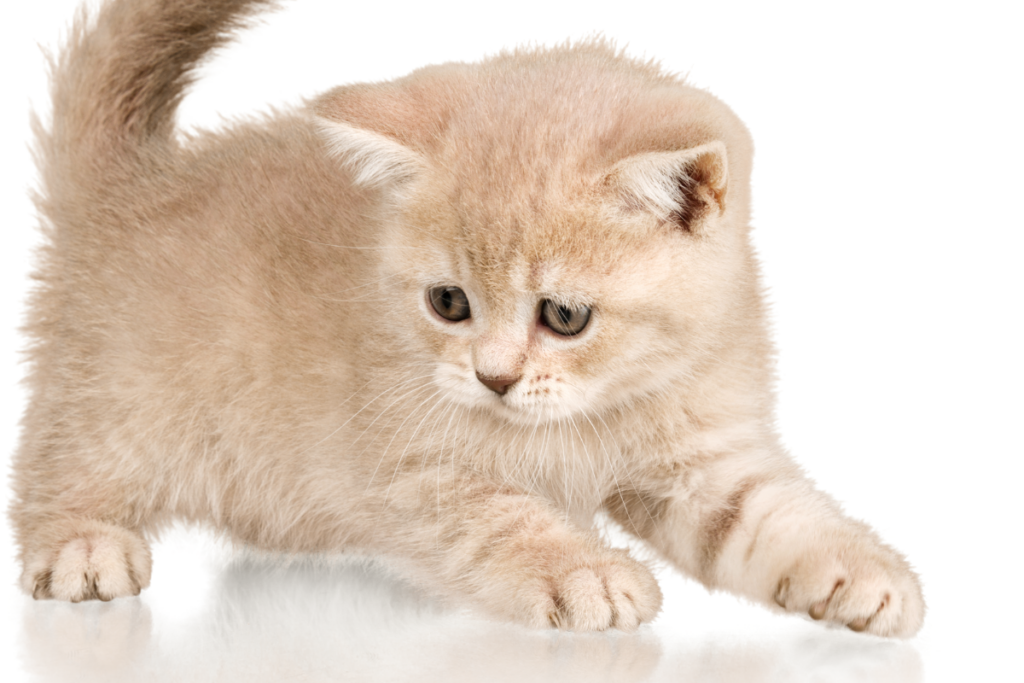Originating from the ancient lands of Burma (now Myanmar), the Burmese cat has captivated pet enthusiasts worldwide with its distinctive appearance and endearing personality.
This breed, known for its sleek coat and captivating eyes, embodies a unique blend of elegance and playfulness.
In this comprehensive guide, we delve into the characteristics, history, care, and appeal of the Burmese cat.
History and Origins

The history of the Burmese cat traces back to the temples of Burma, where it was revered as a sacred companion to monks.
Known for its striking resemblance to the statues of ancient temple cats, the Burmese breed gained popularity beyond Burma’s borders during the late 19th century.
It wasn’t until the early 20th century that Burmese cats were introduced to the Western world, where they quickly garnered admiration for their charming demeanor and striking appearance.
Physical Characteristics

The Burmese cat is characterized by its muscular build and short, silky coat, which comes in a variety of rich, solid colors such as sable, champagne, blue, and platinum.
Their distinctive round, expressive eyes—usually gold or yellow—add to their allure, giving them an almost mystical appearance.
Their compact bodies and graceful movements reflect their agile and athletic nature, making them both elegant companions and skilled hunters.
Temperament and Personality

Renowned for their affectionate nature, Burmese cats are often described as social butterflies.
They form strong bonds with their human companions and thrive on attention and interaction.
Unlike some breeds that are reserved, Burmese cats are known for their extroverted personalities, eagerly engaging in play and seeking out companionship.
They are highly intelligent and can be trained to perform tricks, responding well to positive reinforcement and mental stimulation.
Care and Maintenance
Caring for a Burmese cat involves providing a balanced diet tailored to their age and activity level, regular grooming to maintain their sleek coat, and ensuring they have plenty of opportunities for play and exercise.
Due to their social nature, Burmese cats may become lonely if left alone for long periods, so they thrive in households where they receive ample attention and affection.
Regular veterinary check-ups are essential to monitor their health and well-being.
Health Considerations
Overall, Burmese cats are robust and healthy, with a life expectancy averaging between 10 to 16 years.
Like all breeds, they may be prone to certain genetic conditions such as hypokalemia (low blood potassium levels) and gingivitis.
Responsible breeding practices and regular veterinary care can help mitigate these risks and ensure the longevity and vitality of the breed.
Burmese Cats in Pop Culture
The charm and beauty of Burmese cats have not gone unnoticed in popular culture.
They have been featured in literature, films, and even as beloved pets of celebrities, further cementing their status as a beloved breed among cat enthusiasts worldwide.
Their appearance in various media reflects their enduring appeal and the admiration they inspire.
Conclusion
In conclusion, the Burmese cat continues to enchant pet owners with its Asian charm, combining elegance with a friendly, affectionate temperament.
Whether as a playful companion or a devoted lap cat, the Burmese breed leaves a lasting impression with its unique blend of beauty and personality.
For those seeking a feline companion that embodies grace and companionship, the Burmese cat stands as a testament to the enduring bond between humans and their pets.
References
Include relevant sources and references here to support the information provided in the article.







